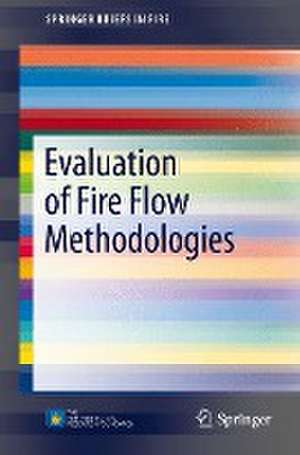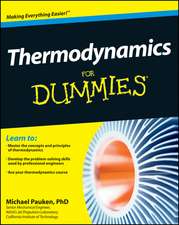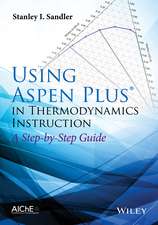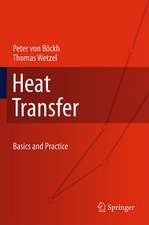Evaluation of Fire Flow Methodologies: SpringerBriefs in Fire
Autor Matthew E. Benfer, Joseph L. Scheffeyen Limba Engleză Paperback – 9 aug 2015
Din seria SpringerBriefs in Fire
-
 Preț: 336.03 lei
Preț: 336.03 lei -
 Preț: 380.07 lei
Preț: 380.07 lei -
 Preț: 376.22 lei
Preț: 376.22 lei - 15%
 Preț: 462.88 lei
Preț: 462.88 lei -
 Preț: 376.04 lei
Preț: 376.04 lei -
 Preț: 374.46 lei
Preț: 374.46 lei -
 Preț: 377.35 lei
Preț: 377.35 lei -
 Preț: 269.71 lei
Preț: 269.71 lei -
 Preț: 337.62 lei
Preț: 337.62 lei -
 Preț: 375.62 lei
Preț: 375.62 lei - 20%
 Preț: 321.32 lei
Preț: 321.32 lei -
 Preț: 376.59 lei
Preț: 376.59 lei - 20%
 Preț: 323.66 lei
Preț: 323.66 lei -
 Preț: 374.08 lei
Preț: 374.08 lei -
 Preț: 374.46 lei
Preț: 374.46 lei -
 Preț: 374.08 lei
Preț: 374.08 lei -
 Preț: 408.27 lei
Preț: 408.27 lei -
 Preț: 376.04 lei
Preț: 376.04 lei -
 Preț: 376.43 lei
Preț: 376.43 lei -
 Preț: 374.30 lei
Preț: 374.30 lei -
 Preț: 448.38 lei
Preț: 448.38 lei -
 Preț: 377.18 lei
Preț: 377.18 lei - 15%
 Preț: 461.08 lei
Preț: 461.08 lei -
 Preț: 347.15 lei
Preț: 347.15 lei -
 Preț: 410.94 lei
Preț: 410.94 lei -
 Preț: 443.75 lei
Preț: 443.75 lei -
 Preț: 376.80 lei
Preț: 376.80 lei -
 Preț: 376.59 lei
Preț: 376.59 lei -
 Preț: 378.34 lei
Preț: 378.34 lei -
 Preț: 374.30 lei
Preț: 374.30 lei
Preț: 374.85 lei
Nou
Puncte Express: 562
Preț estimativ în valută:
71.74€ • 77.89$ • 60.26£
71.74€ • 77.89$ • 60.26£
Carte tipărită la comandă
Livrare economică 22 aprilie-06 mai
Preluare comenzi: 021 569.72.76
Specificații
ISBN-13: 9781493928880
ISBN-10: 1493928880
Pagini: 50
Ilustrații: XII, 50 p. 15 illus., 8 illus. in color.
Dimensiuni: 155 x 235 x 10 mm
Greutate: 0.1 kg
Ediția:1st ed. 2015
Editura: Springer
Colecția Springer
Seria SpringerBriefs in Fire
Locul publicării:New York, NY, United States
ISBN-10: 1493928880
Pagini: 50
Ilustrații: XII, 50 p. 15 illus., 8 illus. in color.
Dimensiuni: 155 x 235 x 10 mm
Greutate: 0.1 kg
Ediția:1st ed. 2015
Editura: Springer
Colecția Springer
Seria SpringerBriefs in Fire
Locul publicării:New York, NY, United States
Public țintă
Professional/practitionerCuprins
Introduction.- Literature Review.- Fire Flow Methodologies Examples and Analysis.- Gap Analysis.- Summary and Conclusions.











